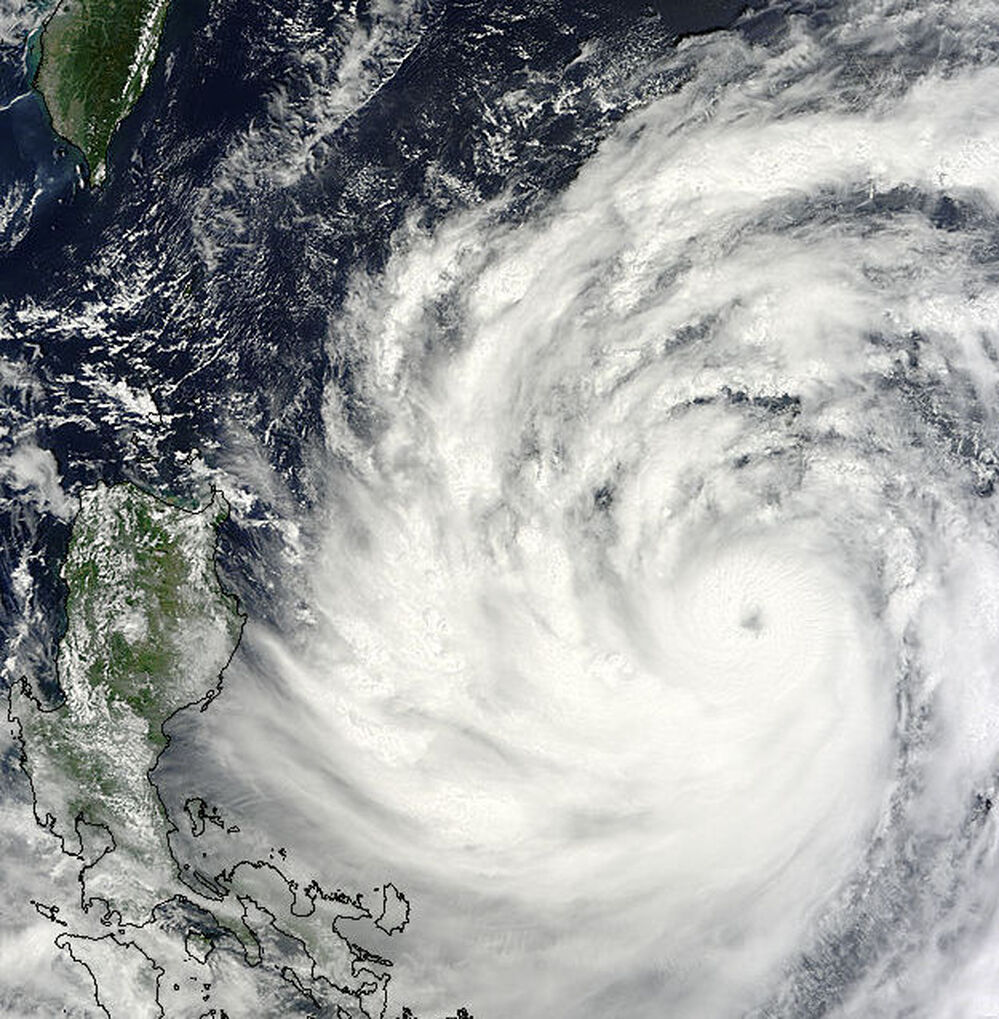The Obama administration has decided to revive a controversial loan guarantee program at the Energy Department, administration officials said on Thursday, even as the program remains under Congressional scrutiny after losing hundreds of millions in taxpayer money on investments in failed green energy start-ups like the solar module maker Solyndra. This time, though, the program would devote as much as $8 billion to helping industries like coal and oil make cleaner energy. Although the program, which does not require Congressional approval, would support a wide range of technologies, it could help coal-fired power plants find a way to keep their emissions from escaping into the atmosphere, department officials said. Officials say the federal subsidies are necessary to support the development of technologies that are too complex, unproven and expensive for investors and private companies to pursue on their own, assertions that have already stirred criticism from opponents who see the program as too risky and a misuse of taxpayer money. The program’s renewal comes just as the administration is releasing stringent environmental rules that would severely restrict air pollution at new coal plants. “We have a real problem, and that’s, ‘How do we get new technology to market?’ ” said Peter W. Davidson, executive director of the loan program office at the Energy Department. “We partner with industry developers and entrepreneurs to demonstrate a new technology at industrial scale or utility scale, and hopefully once that technology is proven by deployment at scale, we step out of the way,” and let the private debt markets take over. A spokeswoman for the House Committee on Energy and Commerce, which is controlled by Republicans, who have been critical of the loans in the past, took a skeptical view of the program. “The D.O.E. loan guarantee program’s history of mismanagement, bankruptcies and failure to deliver the jobs promised raises significant concerns about risking billions in additional taxpayer dollars,” Charlotte Baker said. “We are supportive of efforts to encourage the development of advanced fossil fuel technologies, but we are skeptical that federal loan guarantees are the best way” to bring this about. Analysts and climate experts also questioned whether the program, which was originally established in 2005 and whose new guidelines will be completed this fall, could make the technologies economically viable on a mass scale. There are currently no ventures in the United States that achieve this, despite years of government-sponsored research and development, according to the Congressional Research Service. An ambitious clean-coal demonstration project called FutureGen, proposed by President George W. Bush in 2003, has yet to advance beyond the early development stages. “It seems sound policy for the administration to provide these loan guarantees,” said Paul Bledsoe, a former energy aide in the Clinton White House who is now a senior fellow at the German Marshall Fund. “The real question becomes, ‘Is that adequate to actually prompt significant numbers of new builds?’ and I think that the answer so far is no.” The Energy Department’s loan program was created in 2005 under President Bush to spur commercial adoption of innovative technologies or those that avoided, reduced or permanently stored pollutants. In 2008, Congress added another section, for more fuel-efficient cars, and a year later created a temporary program to encourage renewable energy and electrical transmission projects. That temporary program, which was responsible for the Solyndra loan, has since expired, but the department still has about $50 billion left that could be lent, with a large chunk earmarked for nuclear projects. The department points to several successful investments from the loan program. Ernest J. Moniz, the energy secretary, has pointed to Tesla Motors’ early repayment of $465 million as an example. Mr. Davidson said that since his office financed the first six large-scale photovoltaic solar farms in 2010 and 2011, 10 big solar power plants had started or finished construction without any federal money. On a $34 billion loan portfolio, the government has lost about $800 million, he said. That’s about 2.3 percent, and only a small fraction of the $10 billion Congress set aside to cover losses.
View the original article here

 In this NASA image released Thursday, Typhoon Usagi is seen nearing Taiwan and the Philippines.NASA Goddard MODIS Rapid Response Team
In this NASA image released Thursday, Typhoon Usagi is seen nearing Taiwan and the Philippines.NASA Goddard MODIS Rapid Response Team